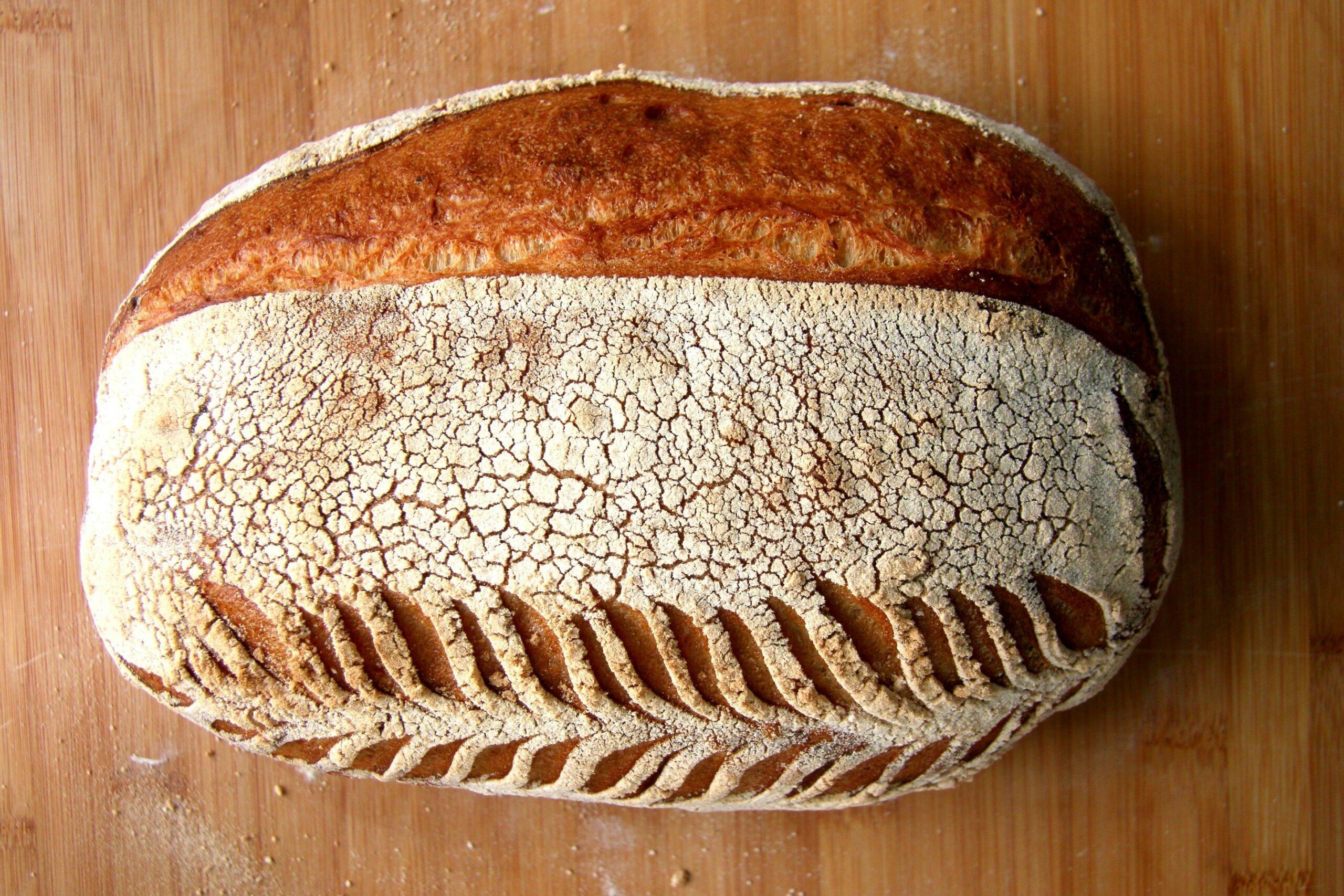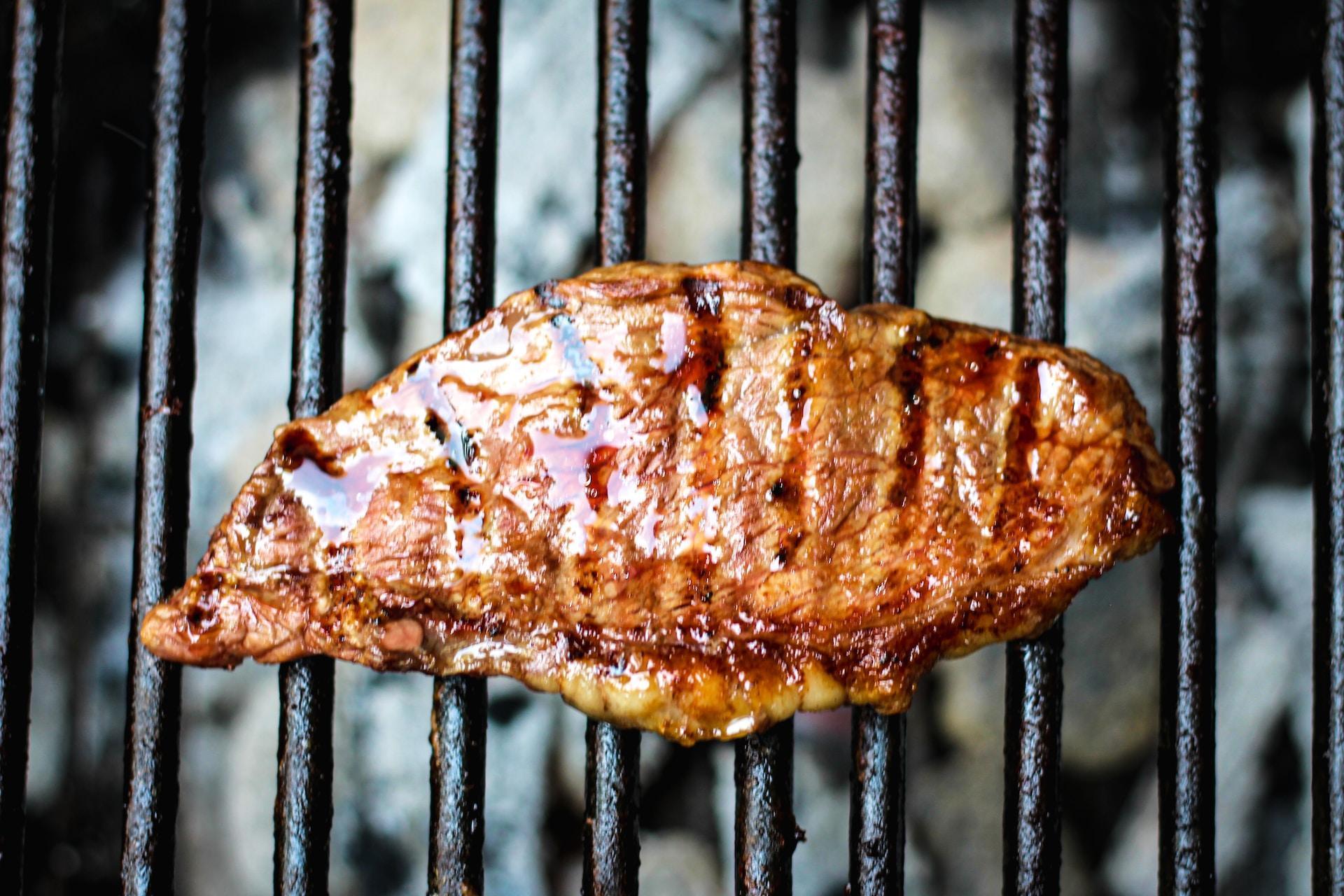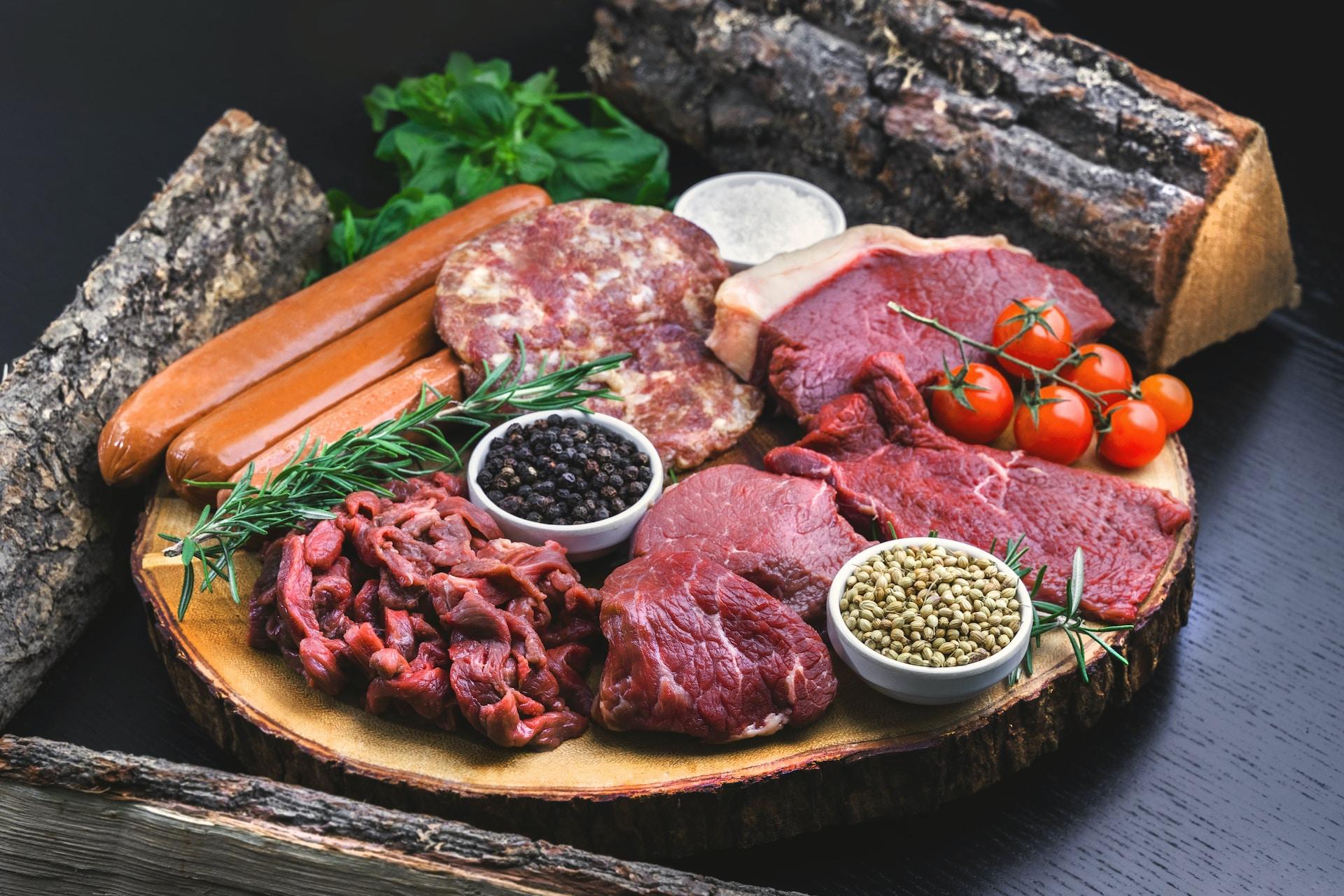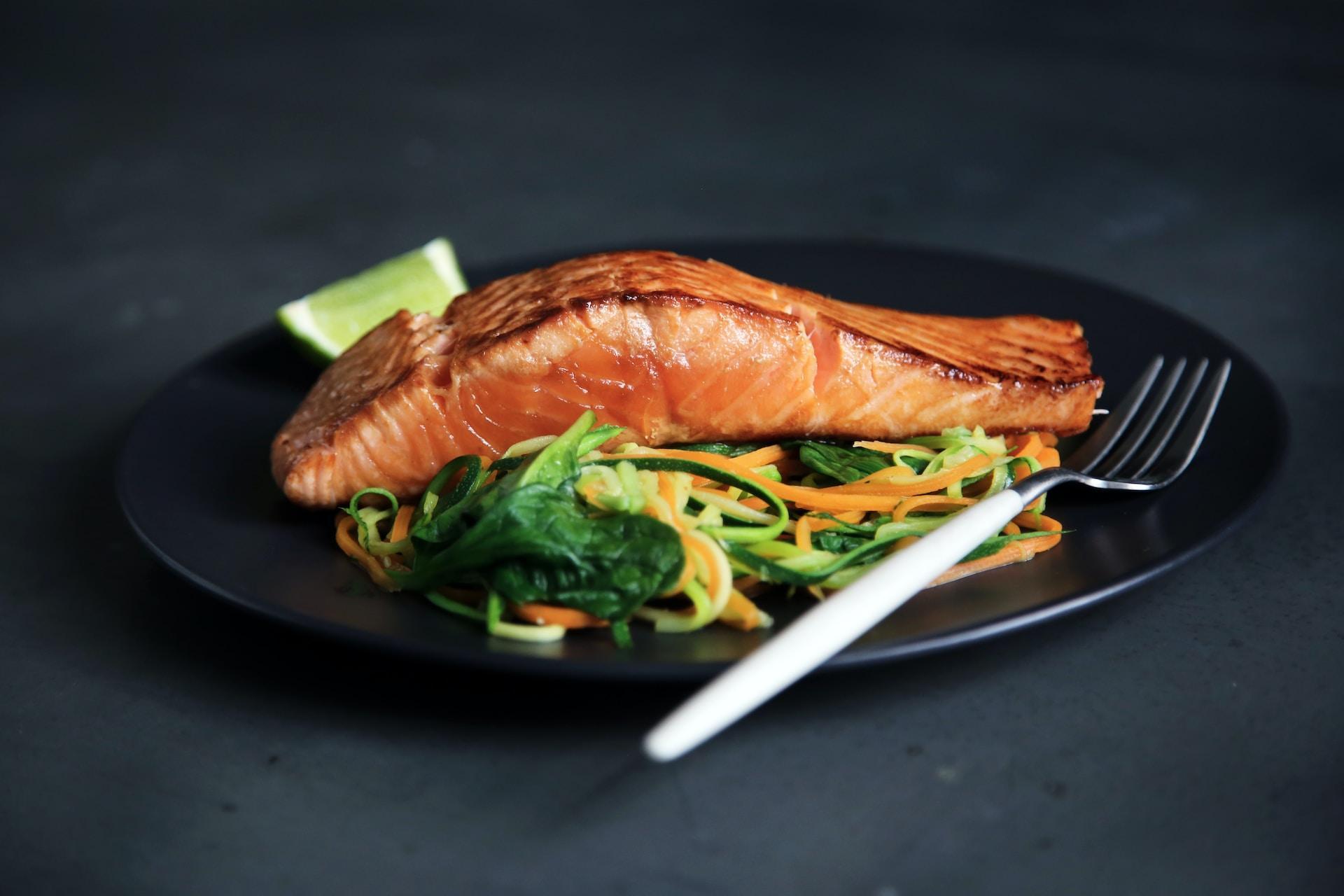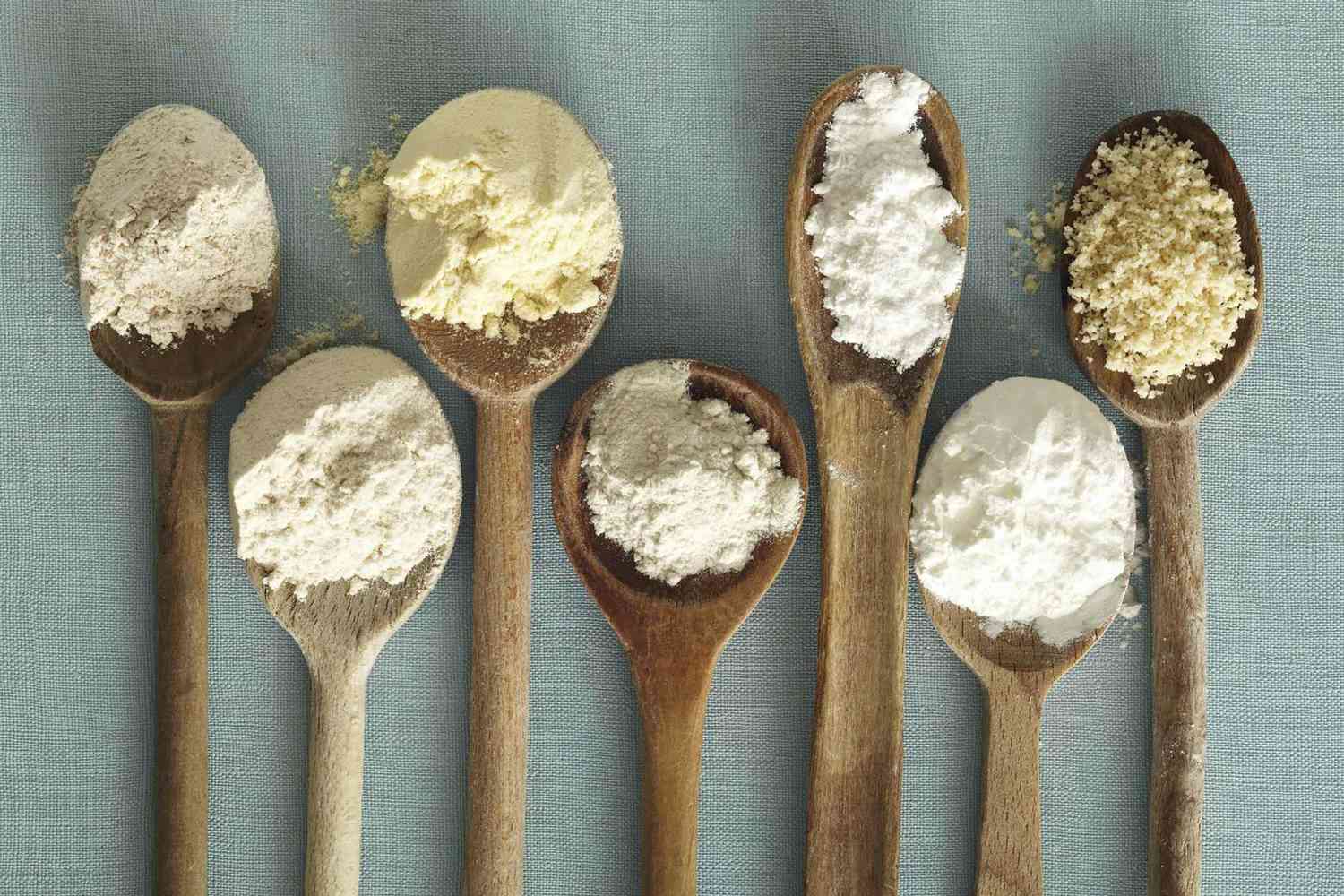Brown sugar is popularly used in rubs while cooking delicious food. How annoying is it when it clumps? You’re probably here because you’re frustrated by this. But don’t worry; we are here to help you!
Contents
How to keep brown sugar from clumping in the rub?
Humidity and moisture can cause clumping of brown sugar. There is more than one way to keep brown sugar from clumping in a rub. The best solution is to refrigerate the brown sugar. Or you can also use molasses and white sugar instead. Another way you can avoid brown sugar clumping is by simply purchasing clump-free sugar.
Today’s post contains everything you need to know about brown sugar clumping and ways to prevent it. Please continue reading to find out what they are!
Why Does Brown Sugar Clump?
First, let’s start by understanding why exactly brown sugar clumps. Molasses is the substance that gives brown sugar its brown. It also adds a distinct brown sugar flavor to the mix. So, another thing molasses does is cause brown sugar to clump.
White sugar is mostly separate granules or crystals which don’t have the property of sticking together. However, brown sugar contains molasses which is a sticky substance. It makes the white sugar stick together and forms clumps.
So, as we suggested, you can use molasses and white sugar together.
3 Techniques to Keep Brown Sugar from Clumping?
It is a hassle to use clumped brown sugar. Individual sugar crystals blend into the rub and dissolve faster. Clumped sugar isn’t easy to use while rubbing meat. It also tears the meat fibers and compromises the overall result of your food.
To help you avoid such messy situations, we have discussed 3 ways to keep brown sugar from clumping. Check them out!
Technique #1: Using Molasses and White Sugar
The first technique uses molasses and white sugar. What exactly is brown sugar? Brown sugar is white sugar and molasses. Molasses is what imparts brown sugar its color. So, white sugar is brown sugar from which molasses have been extracted.
Brown sugar is considered healthier by many. Why, you ask? Well, manufacturers may use dangerous chemicals to extract molasses from brown sugar. Brown sugar is considered more natural or “purer.” Manufacturers also mic the molasses afterward. So, you can still make white sugar brown.
First, add 1-3 teaspoons of molasses to white sugar. The exact measurement depends on how dark you want your sugar to be. You can add 1 teaspoon of molasses to 3 cups of white sugar. You can use more molasses if you prefer your sugar to have a darker shade.
Why mix molasses and white sugar in the first place? White sugar is easier to store than brown sugar. This is because molasses contributes to the sticky factor that makes brown sugar clump. Since white sugar doesn’t contain molasses, it stays granulated for extended periods.
You can add some molasses to white sugar to create brown sugar. We suggest purchasing white sugar and molasses separately instead of struggling to store brown sugar. Whenever your rub needs some brown sugar, combine the brown sugar and molasses!
If you’re wondering where to find molasses, we’ve got you! Molasses is readily available at your local supermarkets. We have mentioned some of our top recommendations for Molasses:
| Golden Barrel Bulk Molasses | Sulfur-free and a good source of natural nutrients |
| Pl antation Organic Blackstrap Molasses | Unsulfured molasses in a heavy glass jar |
Our top molasses picks come in a nice small jar. Their composition doesn’t include harmful substances.
Technique #2: Refrigerating and Using Corn Starch
Brown sugar primarily clumps when it comes in contact with moisture, so it should be stored in airtight conditions. Well, if moisture makes your sugar clump, how can you avoid it?
Storing it in the fridge is the best way to prevent moisture-induced sugar clumping. By refrigerating your brown sugar, you will prevent moisture from coming in contact with it, which keeps it granulated.
All you need to do is transfer the brown sugar to a Ziploc bag or other airtight containers and pop it in the fridge. Please remember to remove all the air from the Ziploc bag before placing the sugar.
So, are you wondering how to use cornstarch to keep brown sugar from clumping? Corn starch has the property of trapping excess humidity in the air.
Add 1 teaspoon of cornstarch to 1 pound of brown sugar. You can adjust the corn starch measurements according to the sugar you use.
For light brown sugar, you only need 1 teaspoon of cornstarch. You can add up to 2 teaspoons of corn starch for darker sugar due to the higher molasses content. Please avoid mixing too much cornstarch with sugar, as it can make it slimy.
Purchasing good quality corn starch can make all the difference too! If you’re looking for corn starch recommendations, check out some of our topics:
| 365 by Whole Foods Market Corn Starch | Non-GMO organic product |
| Argo 100% Pure Corn Starch | 100% pure and suitable for baking purposes |
Technique #3: Using Clump-Free Brown Sugar
Is your sugar clumped right in the beginning? Such sugar is bound to get clumped in the rub as well. Due to the molasses, brown sugar clumps frequently. Please avoid using clumped sugar in your rub so that it uniformly spreads and dissolves.
Once you’ve opened your brown sugar packet, you must store it in airtight conditions. Brown sugar clumps quickly when it comes in contact with air. So, please ensure you’ve packed the brown sugar in an airtight container. Removing all the air from a packet if you’re using airtight bags is essential.
So, do you need to throw out clumped sugar? No, you don’t need to toss clumped brown sugar in the bin. You can mix it in the rub once you’re it into granules again.
One way of granulating sugar is using a blender to grind the sugar clumps. But you may risk it turning into powder. Another way is to use a towel. First, place the sugar clump in a towel or cloth. Then, use a rolling pin or any heavy object to break the sugar into smaller granules.
Have you heard of something called brownulated sugar? Brownulated sugar is a moisture-free sugar option. Due to the lack of moisture, it doesn’t clump. Of course, it might taste slightly different from brown sugar, but it’s worth a shot!
So, these are some ways to avoid clumpy sugar in your mix!
How to Mix Sugar in the Rub Properly?
It is essential to know how to mix sugar in the rub properly. A good rub is spicy, salty, sweet, and tangy and lets you taste each flavor beautifully. You know you’ve made the perfect rub when it explodes with flavors!
It is best to stick to all your cookbook’s measurements. If you’ve added too much of one spice to the rub, you can still salvage the rub.
All in all, please ensure that you use the right proportion of ingredients to getting the best results. BBQ is primarily about the sweet and salty flavors. So, it is essential to get it right!
You don’t want to mix too much sugar, or you may risk the rub tasting too sweet. We recommend using 3 parts of sugar for every 10 parts of salt. If you’re using white sugar, please add 2 parts sugar to 10 parts salt.
If this doesn’t work for you, clump-free brown sugar is a great choice too. Don’t hesitate to get your hands dirty while mixing the rub correctly. The sugar and salt need to dissolve into the meat thoroughly.
How to Rub properly?
It is not challenging to rub, but you need to know how to do it. Using the proper rub accurately is a crucial aspect too. If you’re buying readymade rub from the store, you can follow the instructions on the package.
The right rub is a vital aspect of a BBQ too. What happens if you use clumped sugar for the rub? It is best to avoid using clumped sugar in the rub. Clumped sugar damages the fibers of the meat that you’re cooking with. It will tear the meat fibers instead of dissolving them into the meat.
So, please stick to adding clump-free sugar crystals to the rub, so it easily dissolves in the meat.
Frequently Asked Questions
Can my brown sugar clump because of humidity?
Yes, humidity causes the clumping of brown sugar. Brown sugar clumps in humidity due to the moisture present in the air. We recommend storing the sugar in an airtight container and popping it in the fridge.
How do I prevent brown sugar from hardening?
Brown sugar clumps when it comes in contact with air or is stored in warm places. You can prevent your brown sugar from hardening by storing it in Ziploc bags and a cool area. Storing brown sugar in the fridge is a great idea to prevent clumping.
Is brown sugar the only option to use in rubs?
No, brown sugar is not the only sugar you can use in a rub. You can use white sugar as well. But brown sugar enhances the rub’s flavors, so it is preferred to be used more. The brown in the sugar also imparts an appetizing color to the brisket.
Endnote
We’ve reached the end of the post! We know how frustrating it can be when brown sugar clumps in rubs. We hope you found your answer to “How to Keep Brown Sugar from Clumping in Rub?”
Using clumped sugar in a rub can damage the fibers of the meat. Clumped sugar doesn’t dissolve properly, not letting the sweetness spread evenly.
One way to keep brown sugar from clumping is by refrigerating and adding corn starch. Another way is by storing molasses and white sugar separately.
Thank you for reading. See you in our next post!
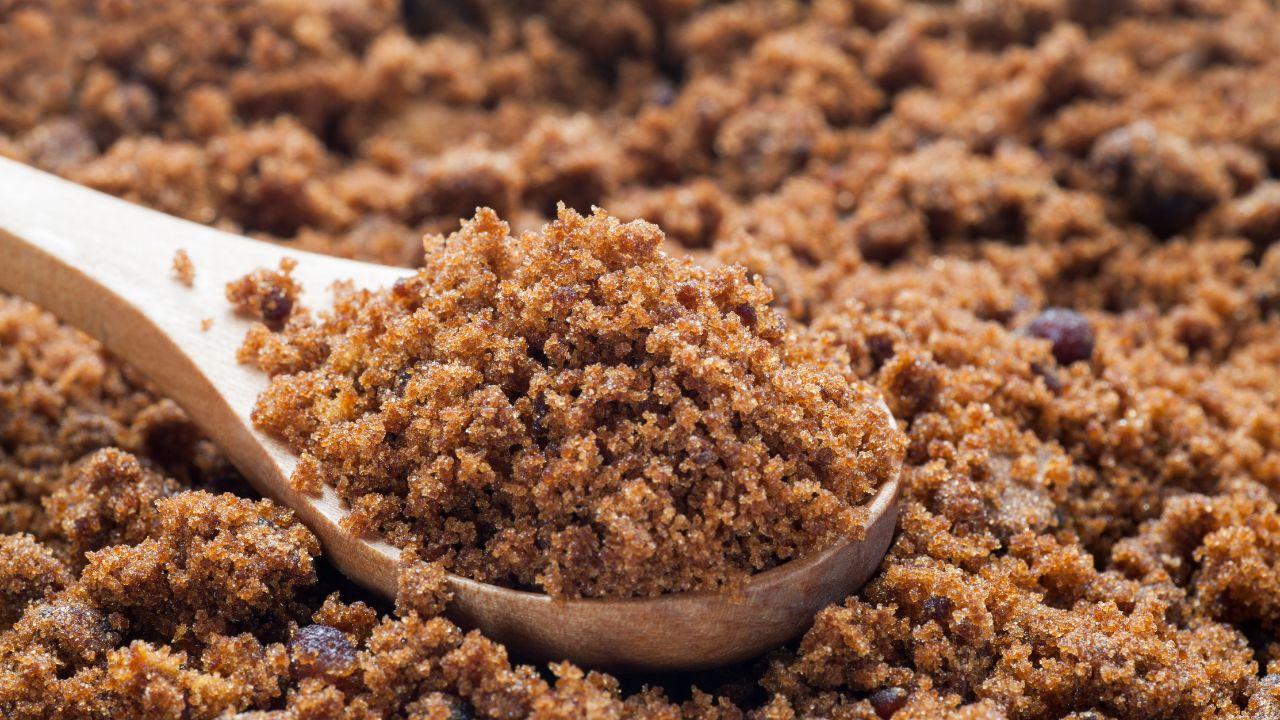

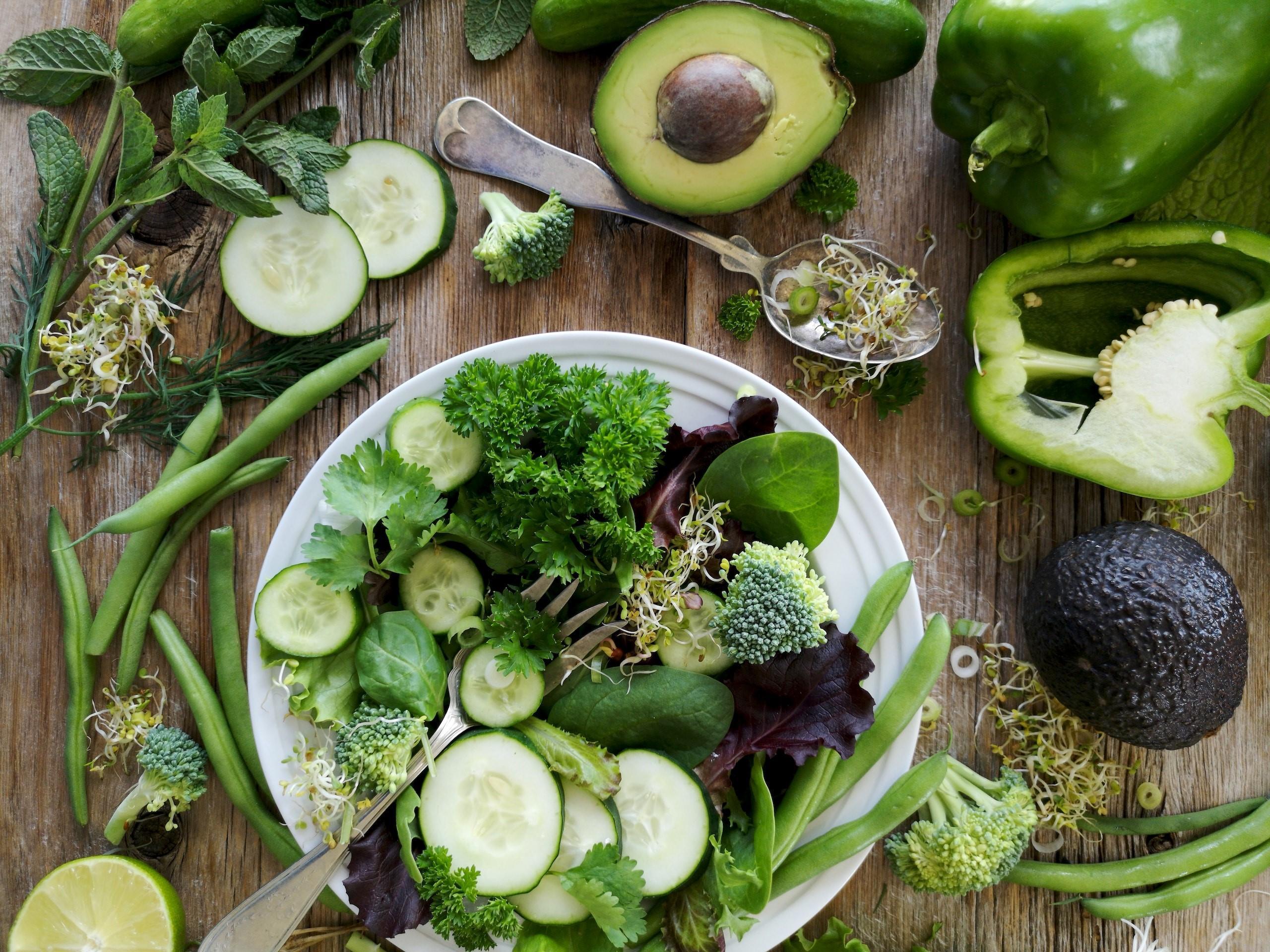
![How to Keep Quiche Warm [3 Easy Methods]](https://kitchenbarrels.com/wp-content/uploads/2022/12/Keep-Quiche-Warm.jpg)
